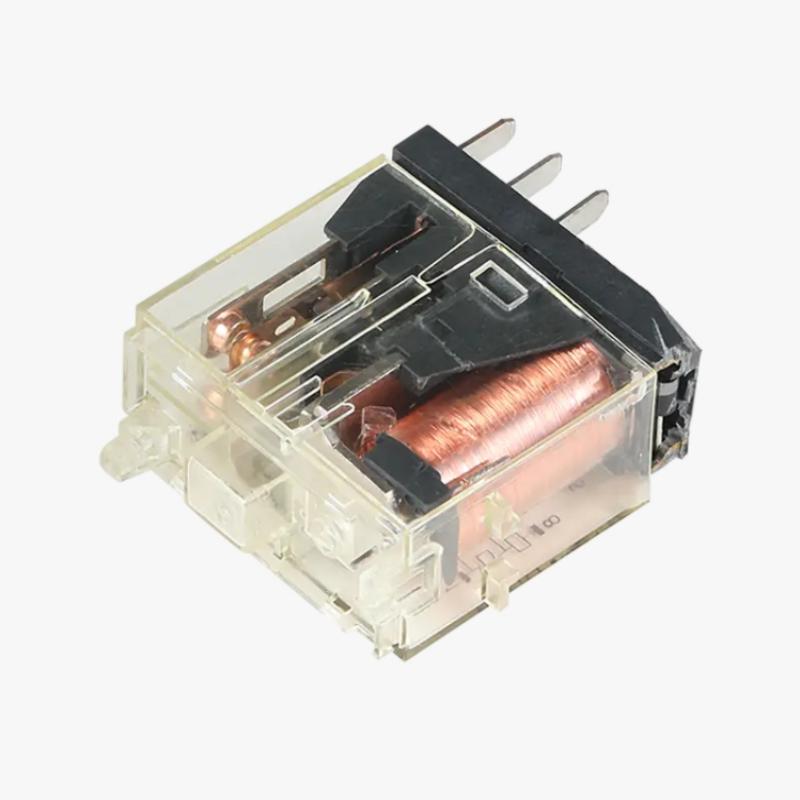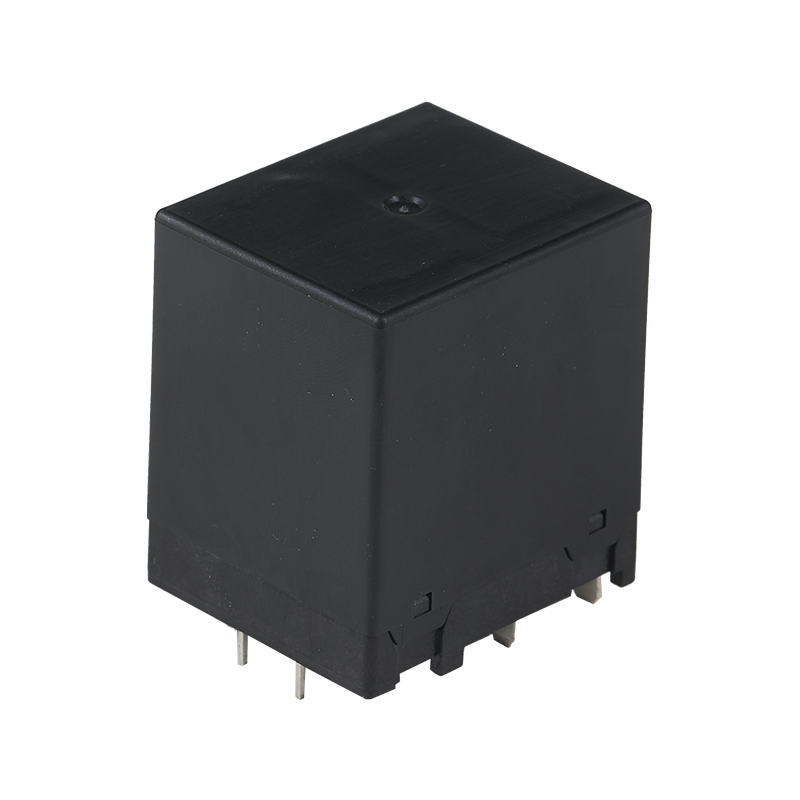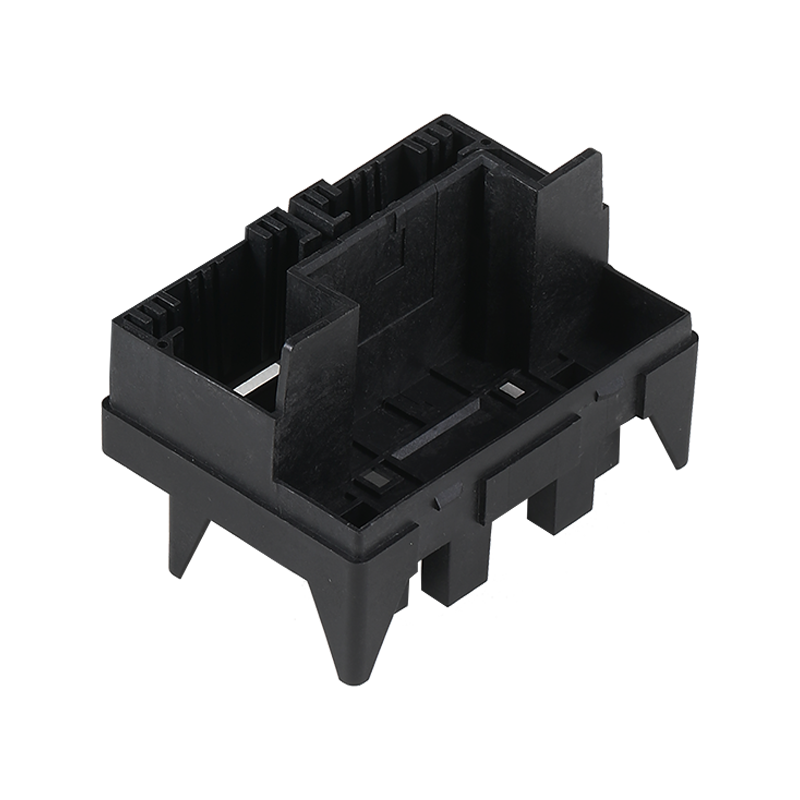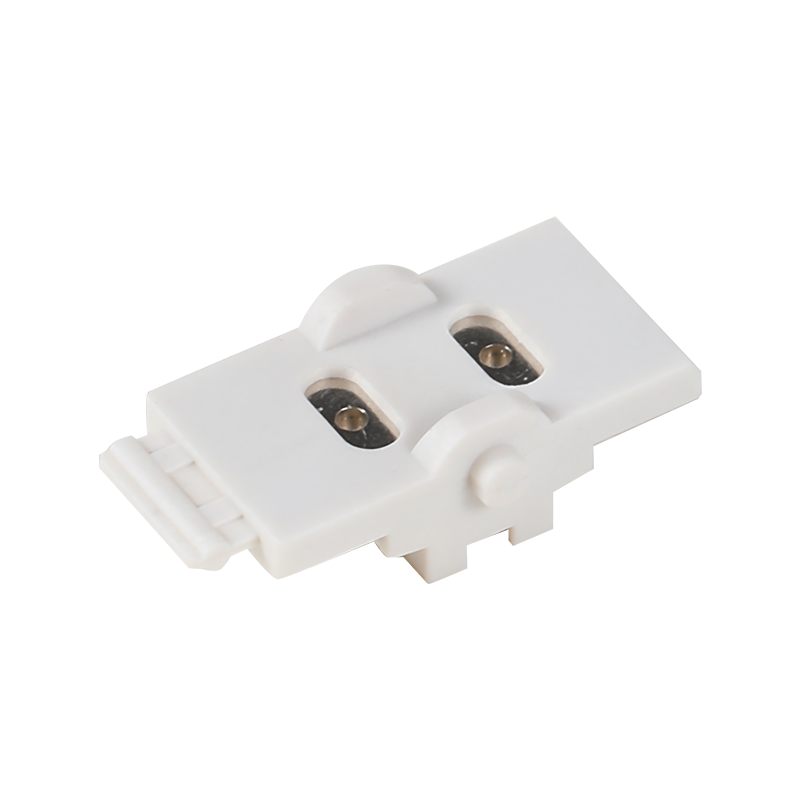
In the intricate world of electrical and electronic systems, relay components play a crucial role in ensuring the smooth operation and control of various devices and machinery. These components are fundamental to a wide range of applications, from simple household appliances to complex industrial control systems.
Relay components are essentially devices that allow a low - power signal to control a high - power circuit. They act as switches that can be activated by an electrical signal, enabling the control of larger currents or voltages with smaller, safer signals. This functionality is vital in numerous applications where direct control of high - power circuits would be impractical or unsafe.
One of the primary advantages of relay components is their ability to provide isolation between control circuits and the circuits they control. This isolation prevents high - voltage surges or faults from damaging sensitive control equipment. For example, in automotive applications, relays are used to control high - current circuits such as headlights and starters, protecting the vehicle's electronic control units from potential damage.
Relay components come in a variety of types and configurations to suit different needs. Electromechanical relays, for instance, use a magnetic field to physically move a switch, making them suitable for applications requiring high - current switching. Solid - state relays, on the other hand, use semiconductor devices to switch the current, offering faster switching times and longer life spans. These different types of relays ensure that there is a solution for virtually any application, from simple on - off control to more complex, high - speed switching.
The reliability of relay components is another key factor contributing to their widespread use. Designed to operate under a range of conditions, these components are built to withstand the rigors of continuous use. They are often subjected to rigorous testing to ensure they can handle the specified current and voltage levels without failure. This reliability is particularly important in critical applications such as medical equipment, where the failure of a relay could have serious consequences.
In addition to their reliability, relay components are also known for their versatility. They can be used in a wide range of applications, from simple lighting circuits to complex industrial automation systems. In home automation, for example, relays are used to control lighting, heating, and other appliances remotely. In industrial settings, they are integral to control systems that manage everything from conveyor belts to robotic arms.
Safety is a significant consideration in the design of relay components. Many relays come with built - in features to protect against over - current and over - voltage conditions. These safety mechanisms help prevent damage to both the relay itself and the connected equipment. For instance, thermal overload relays are designed to protect motors from over - heating by cutting off the power supply when the current exceeds a safe level.
Relay components are essential building blocks in modern electrical and electronic systems. Their ability to provide safe, reliable, and versatile control of high - power circuits makes them indispensable in a wide range of applications. From household appliances to industrial machinery, relay components ensure that electrical systems operate efficiently and safely. As technology continues to evolve, we can expect to see even more advanced and efficient relay components, further enhancing their capabilities and expanding their applications.

 English
English 中文简体
中文简体 русский
русский









